Home > 5 Religious Fairs in India You Must Attend Once in a Lifetime
- VBee
- July 28, 2022
- 7:53 am
India is the traditional land of fairs and festivals. Since ancient times, fairs and festivals have been integral to Indian culture. Fairs in India is an outpouring medium for Indians to express their joy and belief.
A fair, in general, is defined as a temporary gathering of people for various activities. These activities may be religious, commercial, or entertainment. When a huge mass of people come together at a particular place to celebrate a religious cause, it is called a religious fair.
In India, different religions celebrate their holy fairs on a particular day to express their faith and devotion. But, the tag of a specific religion doesn’t stop people from different communities from enjoying that event. In fact, such gatherings bring people of all communities and religions together.
VBee has been part of a few such religious fairs in India. And in this blog, we have a list of 5 popular religious festivals in India that you must attend once in your lifetime.
Kumbh Mela
According to records, Kumbh Mela is the largest gathering in the world. The religious fair, Kumbh, is held on a rotational basis at four auspicious Hindu pilgrimage sites. These include Prayagraj, Haridwar Nashik, and Ujjain.
Story behind the Kumbh Mela:
Are you wondering, why only Prayagraj, Haridwar Nashik and Ujjain? Well, there is a mythical reason behind it. It is stated that during Samudra Manthan, Lord Vishnu was transferring the immortal drink (Amrit) stored in the pot (Kumbh). He dropped some drops of it at these places.


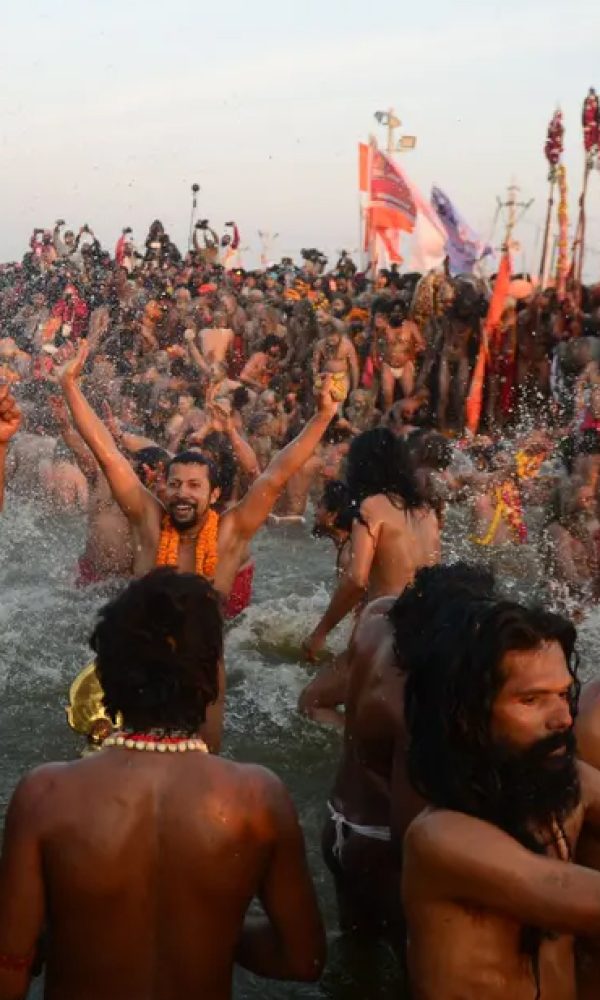

Where is the Kumbh Fair held?
Kumbh Fair is organized once in every 12 years at any one of these places:
Prayagraj (At Sangam)
Haridwar (on Ganga)
Nashik (on Godavari)
Ujjain (on Shipra)
Also, the fair is held every sixth year at Haridwar and Prayagraj, where it is known as ARDH-KUMBH MELA.
When is Kumbh Mela held?
Well, the exact dates and timings of Kumbh Mela aren’t fixed. It is decided per the zodiac positions of the sun, moon, and Jupiter. But generally, it is marked in the first half of the year, i.e., from January to June.
Other important facts about Kumbh Mela:
The famous Indian fair, Kumbh Mela, was listed in UNESCO’s intangible cultural heritage list in 2017.
Ambubachi Mela
Ambubachi Mela is one of the most significant festivals in North-East India. This fair festival is associated with fertility rituals. Ambubachi is celebrated at Kamakhya temple of Guwahati, Assam. Though, some sources claim that Tantric activities are also conducted during this mela.
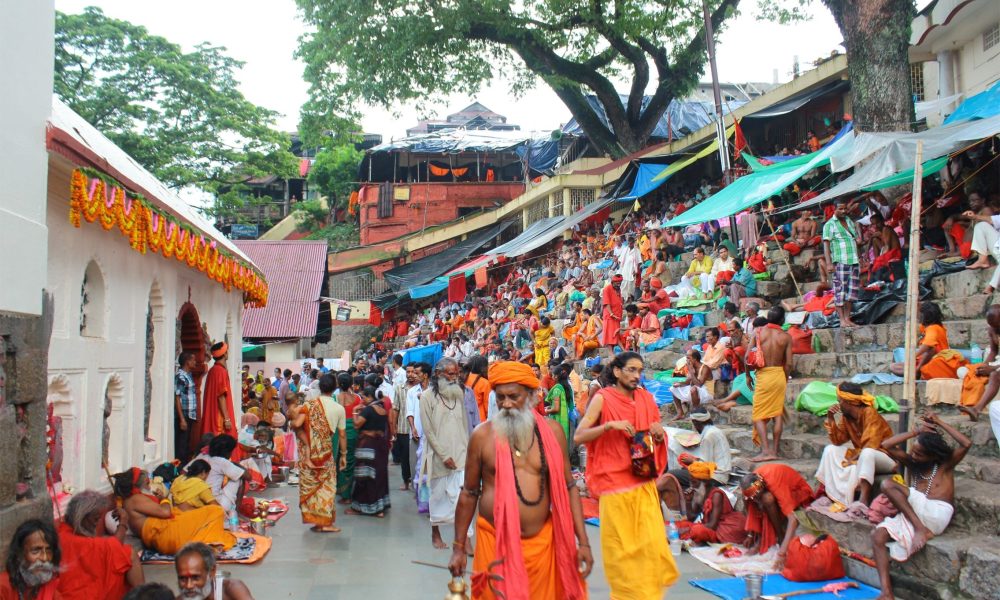

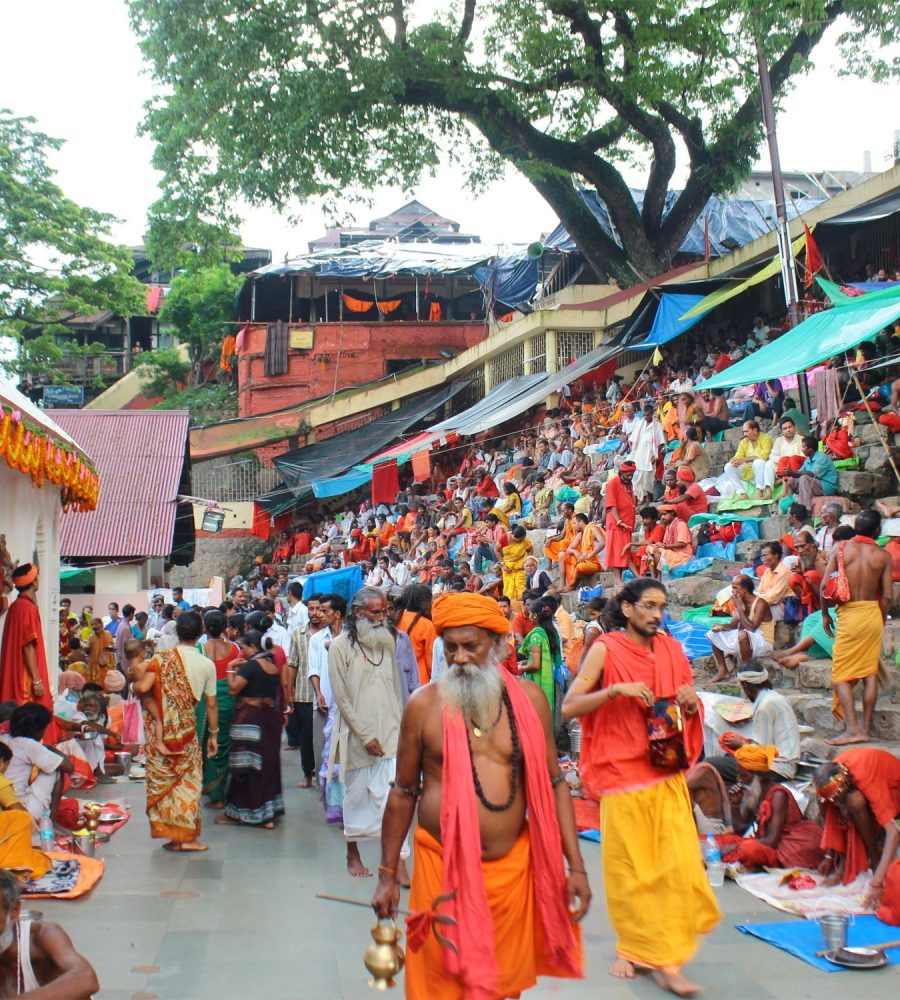

Story behind the Ambubachi Mela:
The fair celebrates the fertility and menstrual cycle of women. It is said that during this fair, the main deity of Kamakhya Temple, goddess Kamakhya undergoes her annual menstrual cycle. In fact, you will be astonished to know that the temple remains closed for three days during the fair.
Where is the Ambubachi Fair held?
Ambubachi Mela is organized at the Kamakhya temple. The temple is situated in Guwahati, Assam.
When is Ambubachi Mela held?
Every year Ambubachi Mela is held somewhere in June. The exact dates of the fair are decided according to the religious calendar.
Other important facts about Ambubachi Mela:
The famous North-Eastern fair, Ambubachi Mela, is also known as Mahakumbh of the East.
Shamlaji Fair
The Shamlaji Fair of Gujarat is devoted to Lord Shamlaji, the dark incarnate of Vishnu or Krishna. The most striking fact about Shamlaji Fair is that it lasts three weeks. It is mainly celebrated by the Bhils tribe of Gujarat.
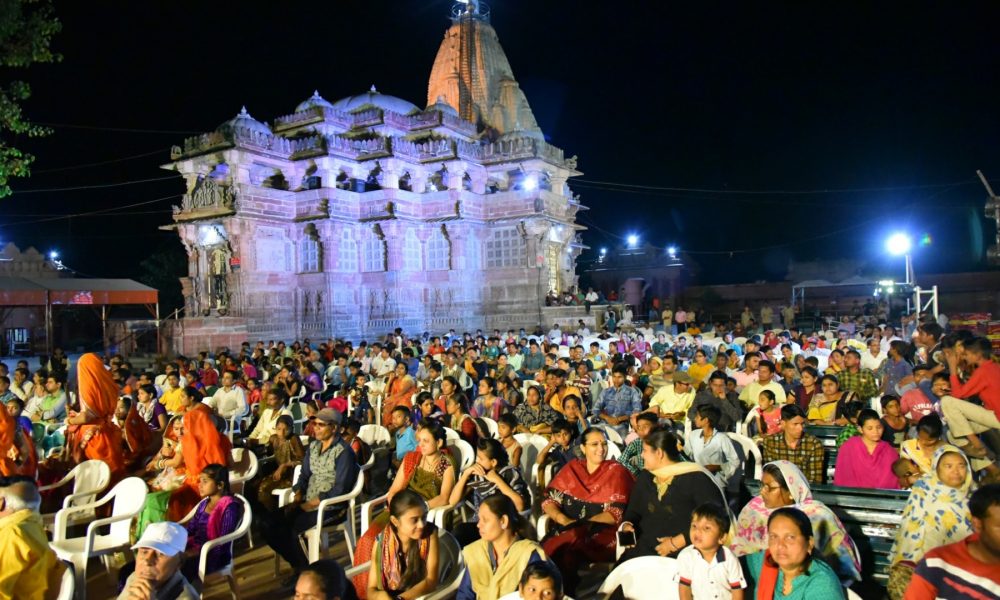

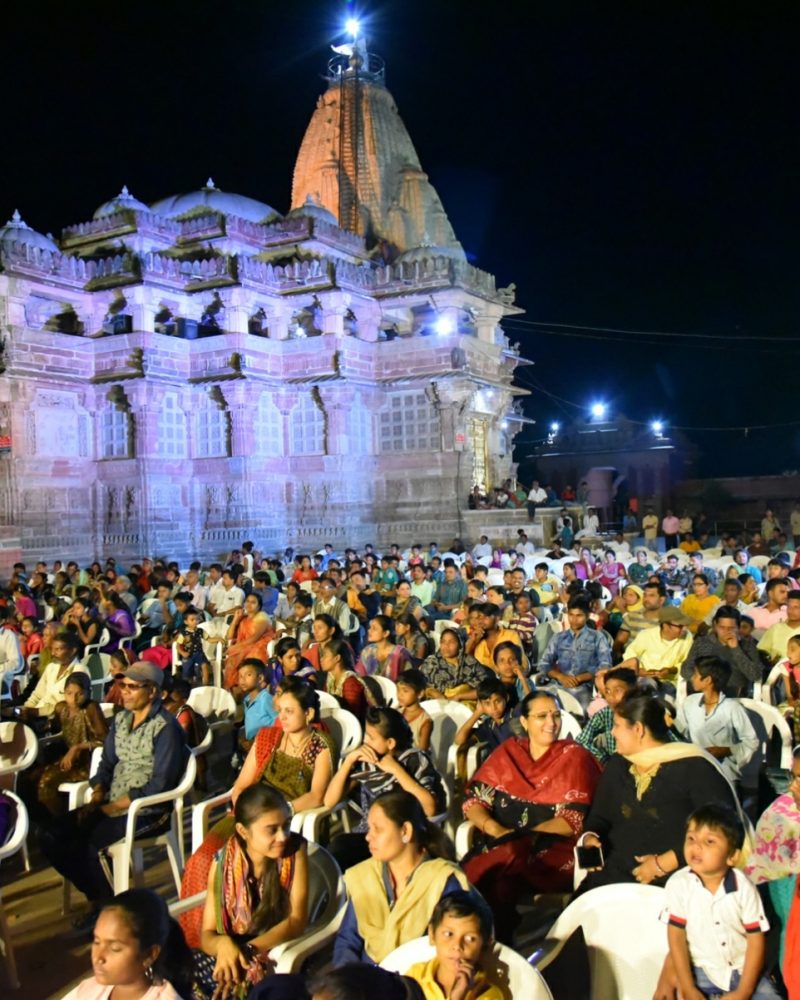

Story behind the Shamlaji Mela:
It is said that Lord Vishwakarma, the architect of God, constructed the Shamlaji temple in one night. And river Meshwo is seen waving through the valley just below the temple.
Where is the Shamlaji Fair held?
Shamlaji Mela is celebrated at the Shamlaji temple of Gujarat.
When is Shamlaji Mela held?
Every year Shamlaji Mela is the month of November. Kartik Poornima is the most important day of the three-week-long fair.
Other important facts about Shamlaji Mela:
There are three myths associated with the Shamlaji temple. The Bhils have immense faith in God Shamlaji and call them Kaliyo Dev out of love.
Gangasagar Mela
One of the great fairs in West Bengal. Celebrated during Makar Sankranti, thousands of pilgrims and tourists take part in the fair every year. They worship and take a holy dip in the confluence of Ganga and the Bay of Bengal . Adding to your factual knowledge, Ganga is known as Hooghly in West Bengal.
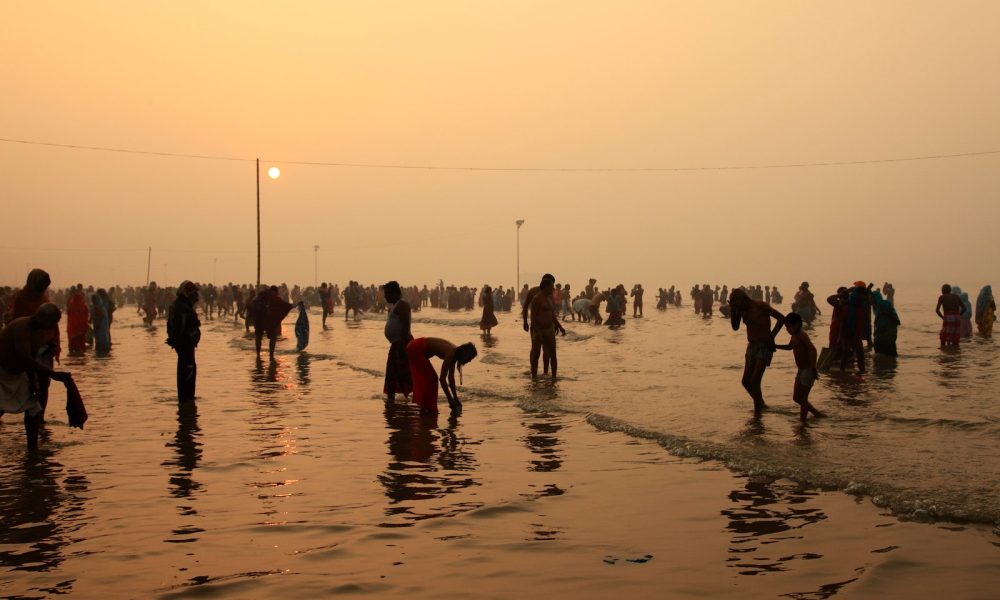

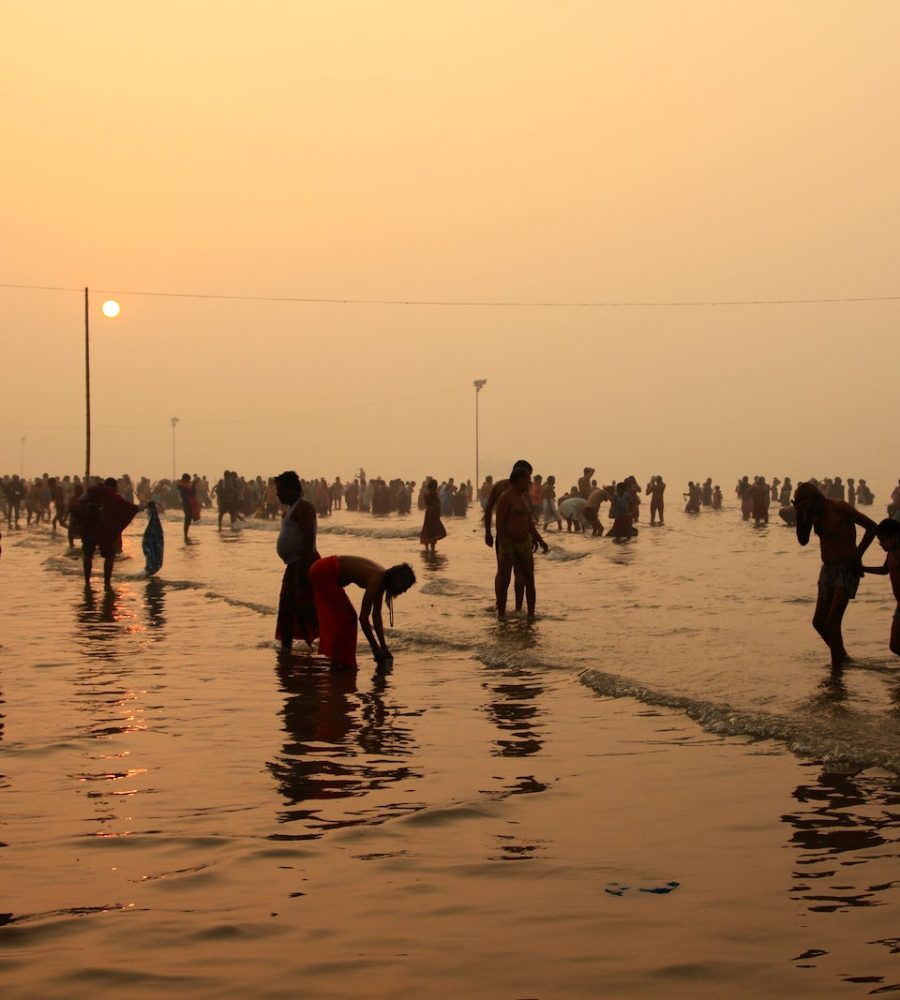

Story behind the Gangasagar Mela:
King Sagar’s Grandson Bhagirath prayed to Kapil Muni to release his father’s soul from hell. Then Kapil Muni gives him the directions to bring the holy river Ganga onto the earth. With the sacred touch of River Ganga, the souls of his father and uncles were liberated from hell.
Where is Gangasagar Fair held?
Gangasagar Mela is celebrated at the Gangasagar Island of West Bengal.
When is Gangasagar Mela held?
Every year Gangasagar Mela is held in January. It is organized during Makar Sankranti, the kite festival.
Other important facts about of Gangasagar Mela:
Devotees also worship Kapil Muni during the fair festival to earn his blessings and purify their souls.
Jallikattu Fair
A part of the Pongal festival, Jallikattu is also known as Sallikkattu. It is a traditional bull fair in Tamil Nadu. During this event, bull breeds are released into a crowd of people. After which the public participates in grabbing the large hump on the bull’s back. The one who holds it for too long wins the event.




Story behind the Jallikattu Mela:
The event has been celebrated since the Indus Valley Civilization to entertain the local folk and mark the glory of the Pongal Festival.
Where is the Jallikattu Fair held?
Jallikattu Mela is celebrated in Tamil Nadu every year.
When is Jallikattu Mela held?
Every year Jallikattu Mela is held in January. It is organized during the Pongal festival on the day of Mattu Pongal.
Other important facts about Jallikattu Mela:
For the Jallikattu event, Bos indicus bulls are specially bred in the villages of Tamil Nadu. Only these bulls are allowed to participate in the event.
Festivals and fairs are a healthy way to relax our minds and rejuvenate our souls. But one should remember that festivals and fairs are celebrated to promote communal harmony and brotherhood in society. No religion should try to prove itself supreme over others. Equality and entertainment should be the purpose of every celebration. Do tell us in the comment section, have you ever been to Kumbh Mela in your life?
Also, connect with us on youtube and Instagram for more updates.
